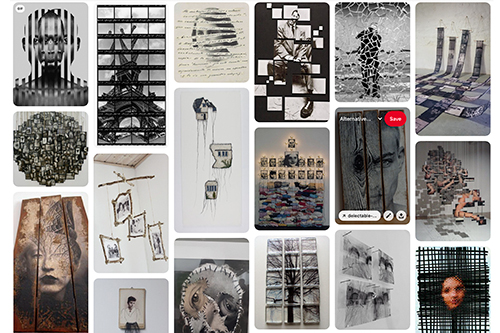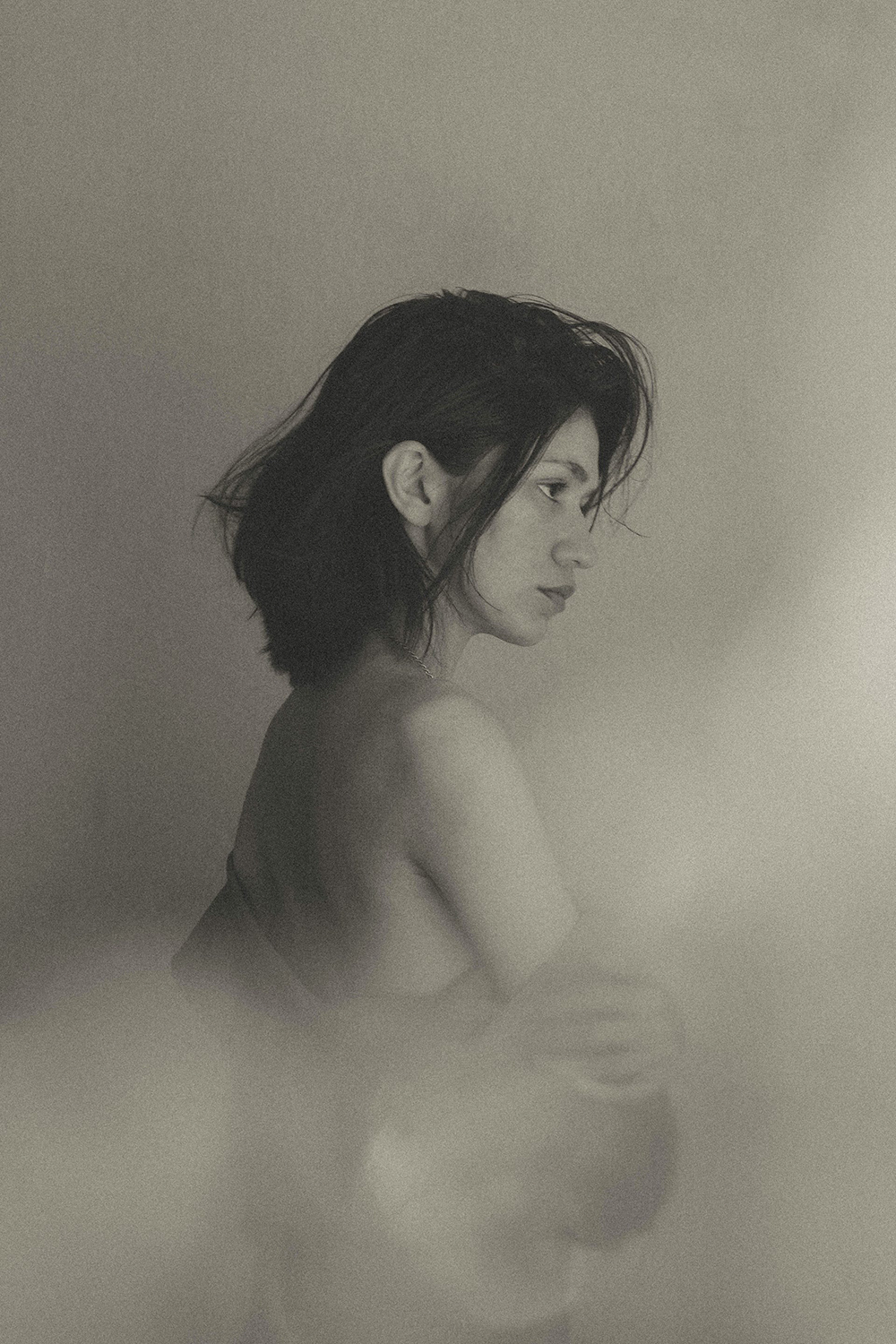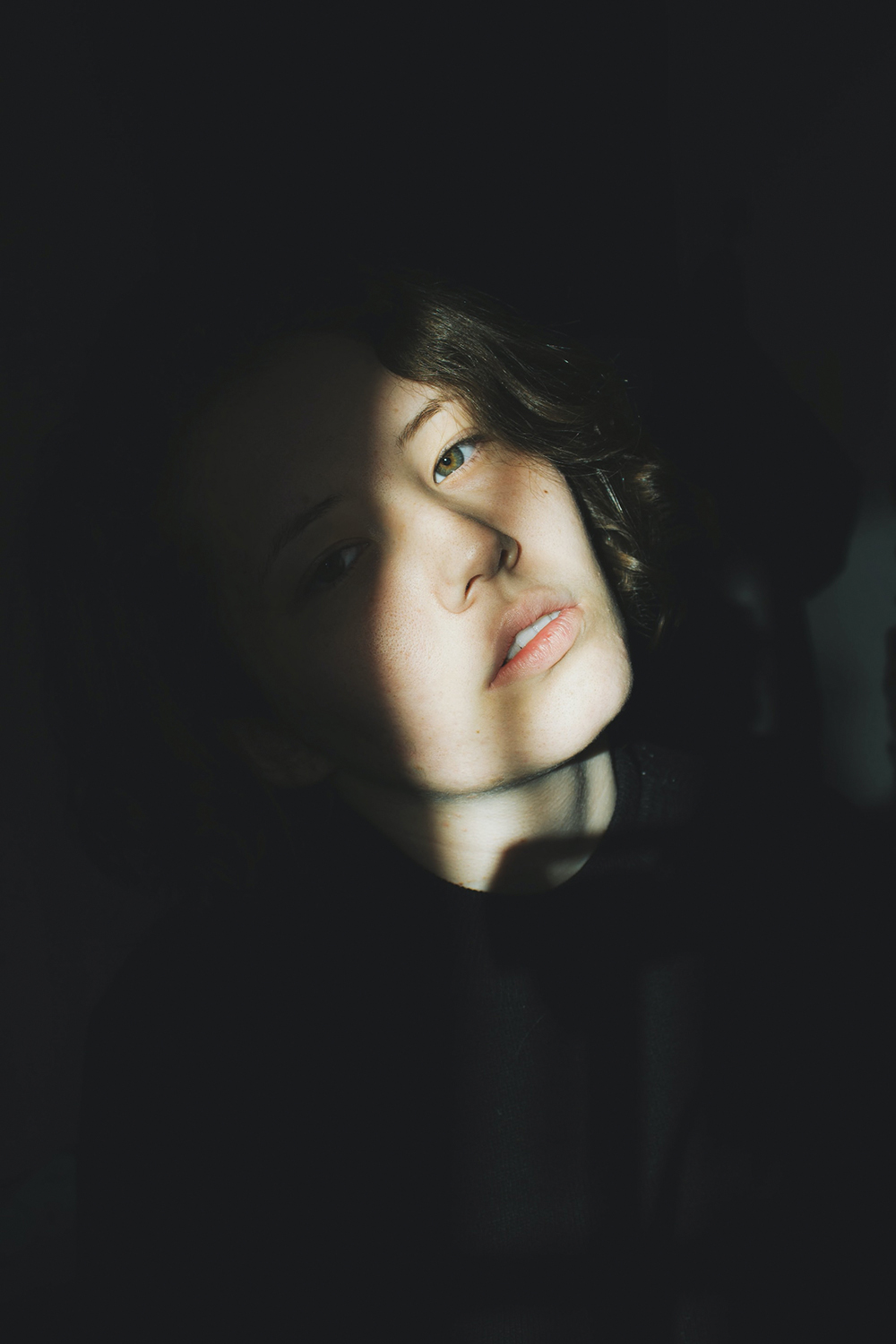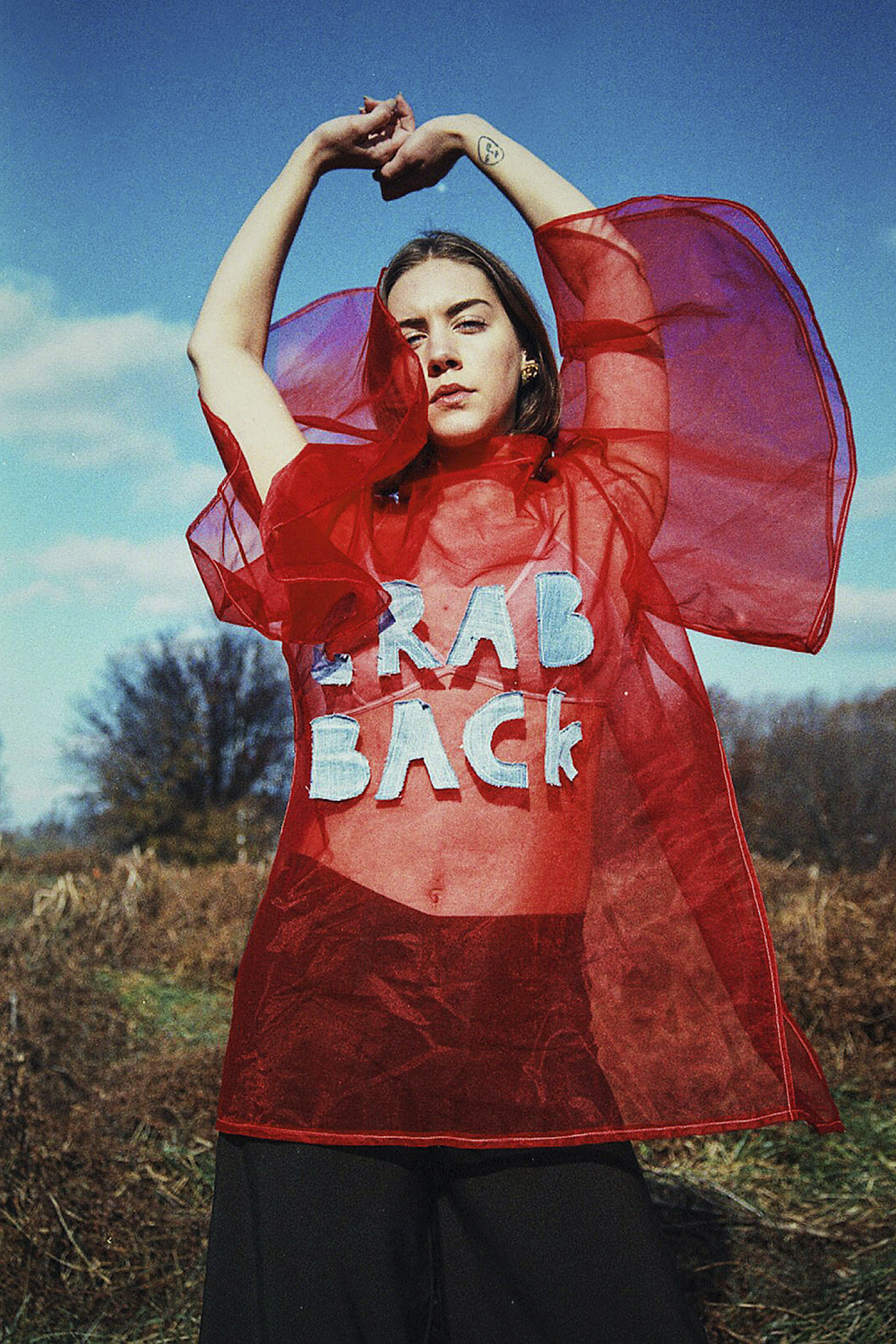SELF EXPRESSION WITH ALTERNATIVE PRESENTATION

The objective of the Self-Expression with Alternative Presentation project is to craft an image that embodies self-expression in a manner of your choosing. Subsequently, you will extend this concept into the presentation of the image.
While the conventional approach involves matting a photograph, this can lack significance. This assignment encourages the exploration of alternative presentation methods. These methods encompass various avenues such as the choice of paper, diverse printing techniques, incorporation of video or audio elements, and even the integration of painting or any medium that contributes to layering and enriching the underlying concept.
You can visit these Pinterest links I made on self expression, alternative presentation , this link on encaustic photography, and this link on handmade books.
WHAT IS SELF EXPRESSION
Self Expression-What is it?
- Personal Narrative: Self-expression photography often involves telling a personal story or sharing a particular aspect of the photographer’s life. This narrative could be about experiences, emotions, relationships, or personal growth. The photographer may use visual elements to convey their journey or convey a specific message.
- Emotional Impact: Emotions play a significant role in self-expression photography. Photographers use composition, lighting, color, and subject matter to evoke specific feelings in the viewer. The goal is to create a connection between the image and the audience on an emotional level.
- Symbolism and Metaphor: Photographers often employ symbolism and metaphor to represent abstract ideas or concepts in self-expression photography. Objects, settings, or even the positioning of the subject can carry deeper meanings that are open to interpretation.
- Experimentation and Creativity: Self-expression photography encourages experimentation and creativity. Photographers may try unconventional techniques, use unique perspectives, or manipulate images during post-processing to achieve a specific artistic vision. This freedom allows for the exploration of one’s creative boundaries.
- Identity and Authenticity: Self-expression photography is a medium for expressing one’s identity and authenticity. It allows photographers to showcase their unique perspectives, beliefs, and individuality. The images may reflect the photographer’s values, interests, or personal aesthetics.
- Introspection and Reflection: Creating self-expression photographs often involves introspection and reflection. Photographers may use the process as a form of self-discovery, examining their own thoughts and feelings and translating them into visual form.
- Social Commentary: Some self-expression photography extends beyond the personal realm to make social or cultural commentary. Photographers may use their work to address societal issues, challenge norms, or advocate for change.
- Ambiguity and Open Interpretation: Self-expression photography doesn’t always have a clear, straightforward message. It may be intentionally ambiguous, leaving room for viewers to interpret the images in their own ways. This openness can lead to a more engaging and thought-provoking viewer experience.
In essence, self-expression photography is a highly personal and subjective form of artistic expression. It goes beyond technical proficiency and explores the depths of individual creativity and emotional resonance, allowing photographers to communicate their inner worlds through visual storytelling.



ALTERNATIVE PRESENTATION
When presenting a self-expression image, the goal is to effectively convey the concept and immerse the audience in the photographer’s intended experience. Here are some strategies and considerations to enhance the presentation of a self-expression image:
When presenting a self-expression image, the goal is to effectively convey the concept and immerse the audience in the photographer’s intended experience. Here are some strategies and considerations to enhance the presentation of a self-expression image:
1. Accompany with a Narrative:
– Share a personal narrative or artist statement that provides context to the image. Explain the emotions, experiences, or ideas that inspired the photograph. This helps the audience connect with the image on a deeper level.
2. Create a Multimedia Presentation:
– Consider incorporating multimedia elements such as music, voiceovers, or video clips to complement the image. This can enhance the emotional impact and provide a more immersive experience.
3. Choose an Appropriate Setting:
– Select a presentation setting that complements the mood and theme of the image. Consider factors such as lighting, background, and overall ambiance to create a cohesive and immersive environment.
4. Use Creative Display Techniques:
– Experiment with creative ways to display the image. This could include unconventional framing, projection onto different surfaces, or even incorporating physical elements that complement the photograph.
5. Curate a Series:
– If you have multiple self-expression images, consider curating them into a series that tells a larger story or explores a common theme. Presenting images as a cohesive collection can provide a more comprehensive understanding of the artist’s vision.
6. Engage with the Audience:
– Encourage audience interaction by inviting them to share their interpretations or feelings about the image. This can foster a deeper connection and generate meaningful discussions.
7. Utilize Technology:
– Leverage technology for dynamic presentations. Use slideshow software, interactive displays, or augmented reality to enhance the visual experience and engage the audience in a unique way.
8. Provide Behind-the-Scenes Insights:
– Share insights into the creative process, including any challenges faced, decisions made during shooting and editing, or the significance of specific elements within the image. This can add depth to the presentation.
9. Consider Timing and Pacing:
– Pay attention to the timing and pacing of the presentation. Allow sufficient time for the audience to absorb the image and its nuances. Consider the flow of the presentation to build a narrative arc.
Remember that the presentation is an extension of the artistic expression, and tailoring it to complement the self-expression image can significantly enhance the overall impact on the audience.
You can visit these Pinterest links I made on self expression, alternative presentation , this link on encaustic photography, and this link on handmade books.
SAVING INSTRUCTIONS-For Two Toned Images
- SAVE FOR YOURSELF-save a toned, but not sized image as a .psd for yourself.
- DROPBOX-Save as a 2000 pixel on the long edge, save layers, use the color profile Adobe RGB (1998), but make sure flatten image is not selected, as a .psd file. Upload to Dropbox this is for grading.
- WORDPRESS-size image to 1440 pixels on the long edge, use sRGB color profile. Add uploaded images to gallery on Black and White Project Gallery Post
- PRINT-Print image for critique, and image must have some sort of presentation.
